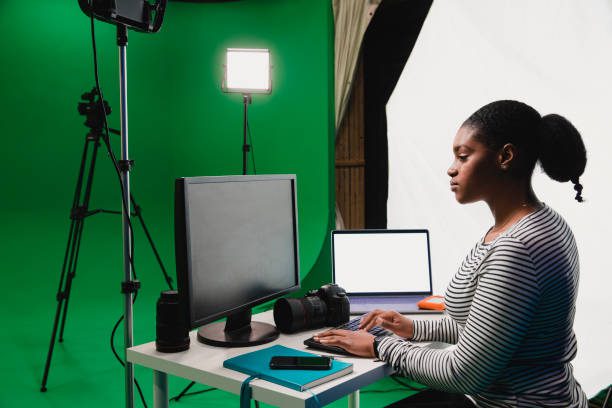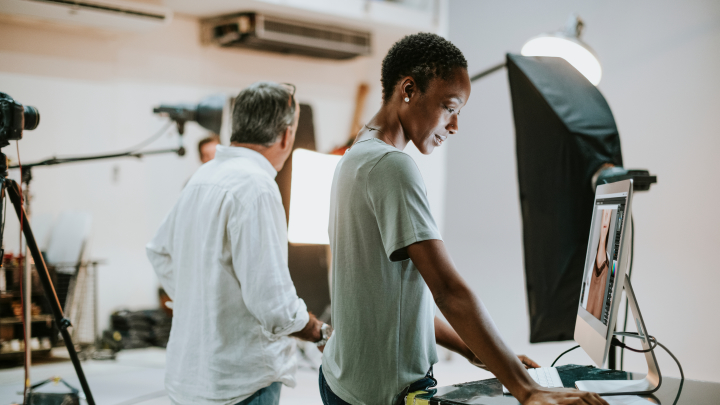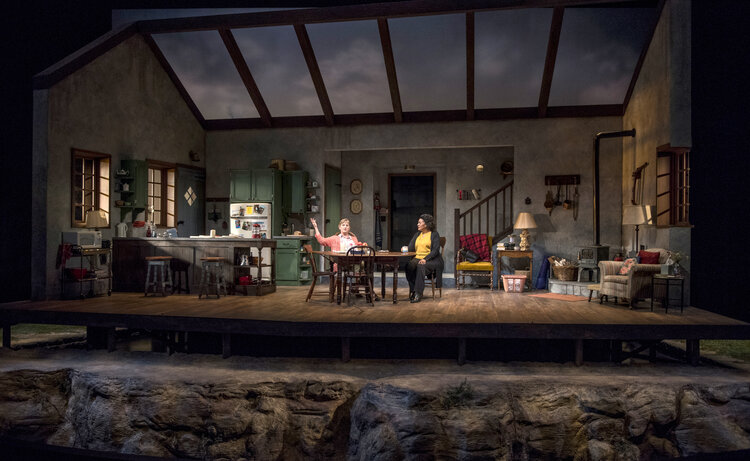How to become Set designer (6 Great Steps)

How to become Set designer (6 Great Steps) Taking up the profession of set designer is an exciting way to get started in the field of visual storytelling. Set designers are essential to the entertainment industry because they create immersive worlds for a variety of events, including TV shows, movies, theatre plays, and more.
Read Also: How To Be A Fashion Designer(Steps and Tips)
This introduction lays the groundwork for investigating the artistic and technical facets of being a set designer, from developing creative abilities to comprehending the dynamics of collaboration in the field of production design.
6 Great steps to take on Becoming a Set Designer
1. Take note of the set design
Read Also: How to become a concert photographer (All you need to know)
Observe how backgrounds and other visual components support the telling of a story in a narrative style. Make notes regarding the performers’ interactions with the props on stage and any adaptable set pieces. By doing this, you can advance on your creative journey and gain insight into industry norms.
Read Also: 12 Tips For Creating Trending TikTok Videos

2. Get a bachelor’s degree
Colleges and universities provide four-year bachelor’s degrees, and most production crews, design firms, and stage companies require applicants to have either a bachelor’s or master’s degree in a related discipline. Consider obtaining a bachelor’s degree in theatre arts, fine arts, graphic design, interior or visual design as a means of preparation for a job as a set or stage designer. Taking classes in performing arts, marketing, theatre production, and film appreciation might also help you succeed in this field.
Read Also: How to Stay Focused (Steps and Requirements)
3. Finish your internship
While most internships are unpaid, work-related learning opportunities, some theatre groups or design businesses may provide participants with a small stipend. These opportunities give students and recent graduates access to industry tools and software and can facilitate networking with producers, directors, and other creative industry professionals. Working as an intern during your junior or senior year of college, or right after graduation, is a great way to get experience.
Read Also: How to be a Smart Intern (22 goals to Internship Success)
4. Expand your portfolio
Your set design portfolio is an assortment of your design concepts, experiences, and creative skills. Paintings, photos, and a mood board featuring your work can all be included in your student portfolio. Your theoretical convictions, research findings, and any favourable evaluations you obtained from your internship or academic studies might all be included.
Read Also: How to Accept an Internship Offer(Making the right choices)

5. Make a digital portfolio and resume
Resumes and portfolios are used by set designers to highlight their abilities in production and design. Spend some time coming up with suggestions for your most remarkable talents, professional qualities, and skill sets. Make a list of your accomplishments in design or production, as well as any honors or recognition you may have received while a volunteer, intern, or student. Make use of these data when drafting your CV.
A person’s ability to create and be artistically inclined is crucial for landing a job in the highly creative and visually demanding field of set design. Because of this, it’s critical to make the most of your online application or CV by adding a link to your own website or digital portfolio. If you have a physical portfolio, arrange
Read Also: How to write a resume(The Ultimate Guide)
6. Apply for a job at an entry level
It’s time to apply for an entry-level position as a set designer after receiving your degree, finishing your internship, building your portfolio, and writing your résumé. Find out about jobs in production businesses, theatre organisations, and design firms by reaching out to your professional network or by using a trustworthy job board. Use the information you discover to customise your cover letter and resume for each firm or employer you desire to apply to. Regarding a job you’re interested in, you might also find it helpful to follow up via phone or email.
Read Also: How To Add Your Resume To LinkedIn( The Ultimate Guide)
Conclusion
To sum up, the road to become a set designer is an enthralling one that blends technical mastery, artistic flare, and a love of narrative. Aspiring set designers can develop their abilities in the dynamic world of the entertainment industry through education, practical experience, and networking. It is a fulfilling experience to be able to bring imaginative worlds to life through well designed sets, and everyone can add to the magic of visual storytelling and leave a lasting impression on the productions they help create with commitment and ingenuity.
FAQs & Answers
1. What kind of schooling is needed to work as a set designer?
Although a formal education in set or production design is advantageous, several experts in the industry come from adjacent fields such as architecture or visual arts. Strong portfolios and real-world experience are also essential.
2. What qualifications are necessary for a set designer?
Proficiency with design software, strong artistic ability, spatial awareness, creativity, and attention to detail are important. Collaborating and communicating well with directors and other members of the production crew is also essential.
3. What part does a set designer play in a production team’s collaboration with other members?
To guarantee a seamless visual narrative, set designers work closely with directors, costume designers, and cinematographers. The director’s vision can only be realised via effective communication and teamwork.




